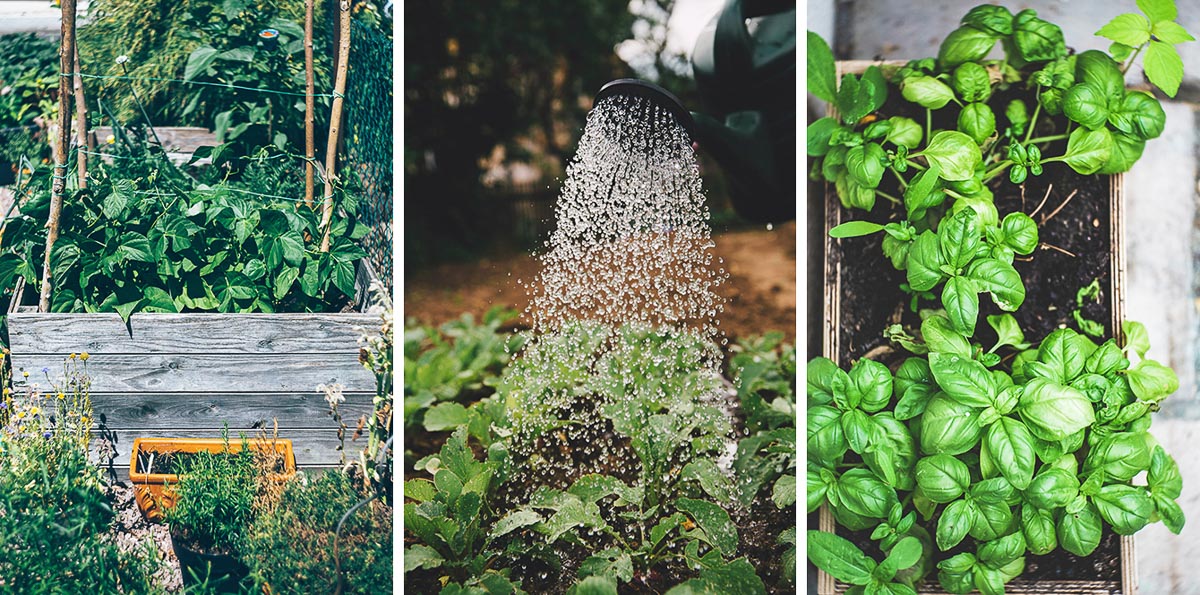Unknown Facts About City Blooming
Unknown Facts About City Blooming
Blog Article
The smart Trick of City Blooming That Nobody is Discussing
Table of ContentsRumored Buzz on City BloomingThe 45-Second Trick For City BloomingLittle Known Questions About City Blooming.More About City BloomingHow City Blooming can Save You Time, Stress, and Money.
Intrigued in growing food up for sale in the City of Chicago? Thinking about beginning an area garden? Adjustments to the Chicago Zoning Ordinance allow farming uses like neighborhood gardens and urban farms in lots of components of the city. Below is a listing of frequently asked concerns concerning the rules and regulations that farmers must take into consideration when planning an urban agriculture task.
The zoning change does not change any various other codes managing composting, building permits, buying or renting City owned building, service licenses or ecological contamination. There are existing codes that regulate these problems and they continue to be in full effect and might be suitable to your project. Community yards are generally possessed or taken care of by public entities, civic companies or community-based organizations and maintained by volunteers.
Urban farms grow food that is meant to be offered, either on a nonprofit or for-profit basis. Because of their business function, metropolitan farms need a company license. Yes. A neighborhood garden is allowed to sell excess generate that was grown on site if the sales are accessory or subordinate to the yard's key function described over.
Some Known Details About City Blooming
The amount of compost product can not surpass 25 cubic yards at any offered time according to the criteria in 7-28-715 of the City's Municipal Code. Because the soil at most new yard websites needs changing, compost, dirt, wood chips, or various other products can be acquired to build or improve the growing area.

If a structure authorization is called for then the hoophouse will certainly be taken into consideration an accessory building. You can learn even more regarding the structure permit requirements by calling the Division of Structures. The 25,000-square-foot size restriction is planned to protect against a solitary community garden from controling an offered block or interfering with the block's existing household or commercial personality.
The limit does not use to yards located in Public Open Area (POS) areas. Can there be even more than one neighborhood yard that is 25,000 square feet on a single block? Yes. The size restriction relates to specific yards, not to individual blocks. No. Fence is not needed, however, yards that have large car parking locations might be needed to install fence or other landscaping features.
The 10-Second Trick For City Blooming
B1 & B2 districts require that all commercial usage tasks be carried out inside your home. Is fencing needed for metropolitan farms? Fencings might be called for, along with landscape design content and screening, for particular car parking locations and exterior work or storage areas depending on area and the specific activity taking area.
Urban ranches need structure licenses and zoning authorizations prior to building and construction (container and raised bed gardening etc.). Other forms of city testimonial might be required depending on specific frameworks, tasks, dimension, landscaping, licensing, public heath and stormwater administration problems.
The Division of Business Affairs and Customer Defense can help identify the particular type of business certificate that's needed. Off street parking is required for many commercial tasks in Chicago. The needed number of auto parking spaces is based on the number of employees functioning on website and not the square video footage of the growing area.
City Blooming Things To Know Before You Get This

Yes. A metropolitan farm can market compost material created on site, nonetheless, the operation must abide by the policies in 7-28-715 of the Chicago Municipal Code. Yes. Aquaponic systems are allowed inside on city ranches in several zoning districts. Nevertheless, a zoning evaluation and structure authorization is required in order to mount structures or systems and a service permit is called for as explained over.
Up to five hives or nests of honey bees may be maintained as an accessory usage. However, beekeepers need to sign up with the Illinois Division of Farming. For more details regarding the suggested zoning modification you might contact the Division of Real Estate and Economic Growth, Bureau of Planning and Zoning at 312.744.8563.
Farming in cities and metropolitan areas A metropolitan farm in Chicago. Urban farming refers to numerous techniques of cultivating. http://peterjackson.mee.nu/where_i_work#c2252, processing, and distributing food in urban locations. The term likewise relates to the area tasks of pet husbandry, aquaculture, beekeeping, and gardening in a city context. Urban farming is identified from peri-urban farming, which takes place in rural areas at the edge of suburban areas.
The Buzz on City Blooming
, that look for to develop social networks established on a shared principles of nature and area holism. These networks can develop by method of formal institutional assistance, coming to be integrated into local community planning as a "shift community" movement for lasting metropolitan advancement.
Some of the initial evidence of metropolitan agriculture comes from Mesopotamia.
Report this page